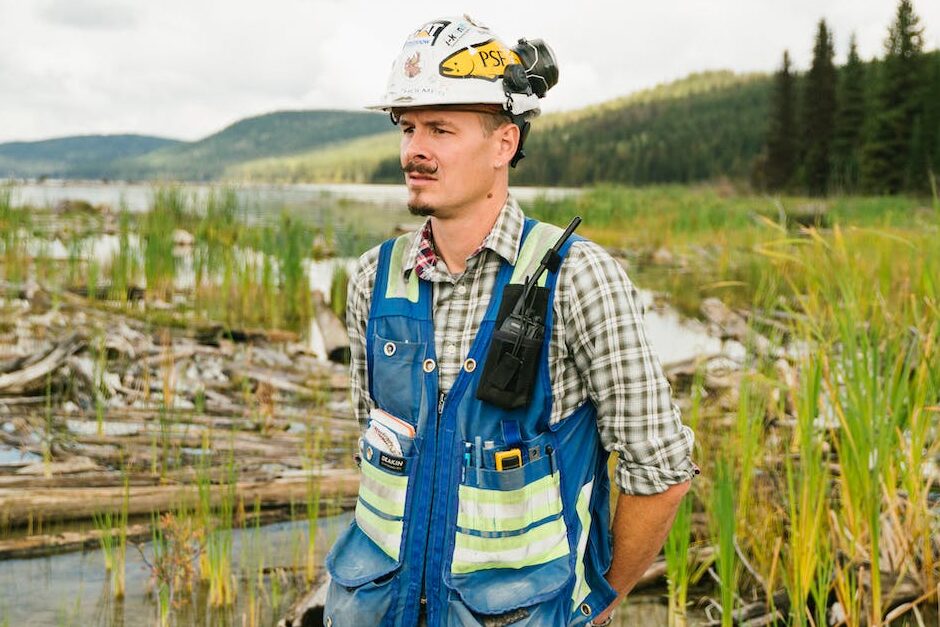
Environmental Safety: A Comprehensive Guide
In today’s world, where environmental concerns have taken center stage, understanding and promoting environmental safety is of paramount importance. This comprehensive guide will delve into various aspects of environmental safety, from its significance to practical steps that individuals and organizations can take to contribute to a greener and safer planet.
Introduction
Environmental safety, often used interchangeably with environmental protection, refers to the practice of safeguarding the natural world and its resources from harm, degradation, or pollution. It encompasses various aspects of human activities that impact the environment and aims to mitigate those effects for the well-being of current and future generations.
The Significance of Environmental Safety
The need for environmental safety cannot be overstated. It is crucial for the preservation of ecosystems, the health of living organisms, and the sustainability of the planet. Moreover, it plays a pivotal role in ensuring that natural resources are available for the long term.
The Impact of Environmental Neglect
Neglecting environmental safety has far-reaching consequences. It leads to pollution, habitat destruction, climate change, and a decline in air and water quality. The repercussions of such neglect are felt globally, affecting human health, wildlife, and ecosystems.
Legislation and Environmental Protection
Governments worldwide have recognized the importance of environmental safety and have enacted laws and regulations to protect the environment. These legal frameworks set standards for industries and individuals to follow, ensuring responsible environmental practices.
Sustainable Practices
Sustainability is at the heart of environmental safety. Implementing sustainable practices involves reducing waste, conserving resources, and minimizing the carbon footprint. Businesses and individuals can adopt sustainable practices to lessen their impact on the environment.
Air Quality Management
Maintaining clean air is essential for environmental safety. Efforts to control air pollution include emission standards, promoting clean energy sources, and reducing industrial emissions.
Water Conservation
Water is a finite resource, and conserving it is crucial for environmental safety. Implementing water-saving techniques at home, in agriculture, and in industries can help preserve this precious resource.
Waste Reduction and Recycling
Reducing waste and recycling materials are effective ways to promote environmental safety. These practices reduce the burden on landfills and decrease the need for raw materials.
Biodiversity Preservation
Biodiversity is essential for a balanced ecosystem. Conservation efforts involve protecting endangered species, preserving natural habitats, and promoting sustainable land use.
Energy Efficiency
Increasing energy efficiency is vital for reducing greenhouse gas emissions. Transitioning to renewable energy sources and adopting energy-efficient technologies are steps toward environmental safety.
Green Transportation
Transportation is a significant contributor to pollution. Green transportation options like electric vehicles and public transit can reduce the environmental impact of travel.
Corporate Social Responsibility (CSR)
Many businesses now embrace CSR, recognizing their responsibility to the environment. CSR initiatives can include reducing emissions, supporting environmental causes, and promoting sustainable practices.
Individual Contributions
Individuals can make a difference in environmental safety. Simple actions like reducing water and energy consumption, supporting eco-friendly products, and participating in community clean-up events all contribute to a cleaner planet.
Future Prospects
The future of environmental safety lies in innovation and collective efforts. Advancements in technology and a growing awareness of environmental issues hold promise for a greener and safer world.
Conclusion
Environmental safety is not a choice; it is a responsibility we all share. By understanding its significance and taking proactive steps, we can protect our planet for generations to come.
Process Safety Management (PSM)
Human Factors and Behavioral Safety
Welding Machine Inspection: Valid Certificate, Validity, Colour Coding
Hi-POT Testing of HT Cable & LT Cable: Hazards and Precautions
Frequently Asked Questions
- What is the primary goal of environmental safety?
- The primary goal of environmental safety is to protect the natural world and its resources from harm, degradation, and pollution.
- How can individuals contribute to environmental safety?
- Individuals can contribute by conserving resources, reducing waste, and adopting sustainable practices in their daily lives.
- What are some examples of sustainable practices?
- Sustainable practices include reducing energy and water consumption, recycling, and supporting eco-friendly products.
- Why is biodiversity preservation important for environmental safety?
- Biodiversity preservation ensures a balanced ecosystem and the health of the planet’s flora and fauna.
- What is the role of legislation in environmental safety?
- Legislation sets standards and regulations to ensure responsible environmental practices by industries and individuals.
In conclusion, environmental safety is a shared responsibility that requires collective action. By understanding its significance and implementing sustainable practices, we can all contribute to a healthier and greener planet.